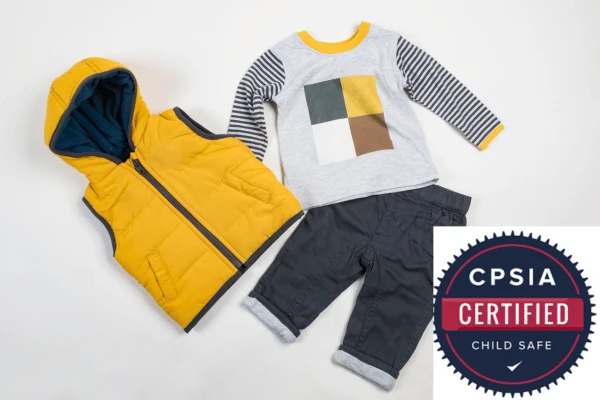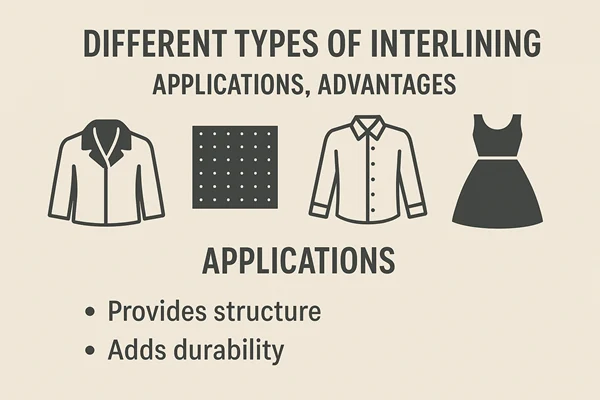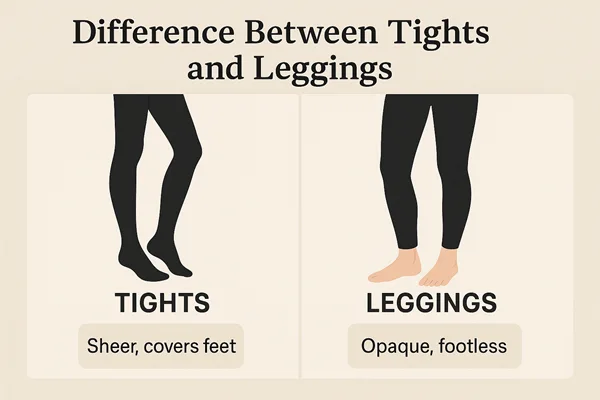CPSIA Sample Test Requirements in Garments Industry
CPSIA Sample Test Requirements in the Garments Industry
CPSIA stands for Consumer Product Safety Improvement Act. The CPSIA test requires domestic manufacturers and importers of children’s products to certify that each product complies with all applicable children’s product safety rules. In order to do this, the manufacturer/importer must submit representative samples of its children’s product to a CPSC-accredited, third-party testing body (testing laboratory) for compliance testing. The CPSIA test requires a third-party test so that an objective, unbiased laboratory ensures that the product is properly tested and complies with all applicable product safety rules. This article is about CPSIA Sample Test Requirements in the Garments Industry.
The Consumer Product Safety Improvement Act (CPSIA) of 2008 reauthorizes the Consumer Product Safety Commission (CPSC) and expands the Commission’s role in ensuring the safety of all consumer products, but in particular, it imposes additional requirements to enhance the safety of products designed for children up to age 12 years. CPSIA Sample Test Requirements is mandatory for childrenwear clothing.

If the third-party testing laboratory reports that the children’s product complies with all applicable safety rules, the manufacturer then issues a Children’s Product Certificate on the basis of the test report. Thereafter, the CPSIA requires manufacturers to periodically test its children’s products to ensure that current production resembles the product that underwent certification testing. The sections below describe periodic testing requirements. For testing procedures and specifications, please refer to your brand’s brand-specific quality manual.
All the Top clothing brands establish programs and procedures to comply with CPSIA and other applicable legal requirements. These include product design requirements, manufacturing specifications, and product testing programs, among other procedures as mentioned in this Product Safety Manual. Brands require all product suppliers to deliver only products that comply with applicable legal requirements and specifications, including those listed in this manual. Compliance with CPSIA requires suppliers to maintain a reasonable product testing program, quality control systems, auditing, and product tracking procedures at every production lot level.
Representative Sampling
Manufacturers must submit a sufficient number of samples of an actual children’s product (or samples that are identical in all material respects to the children’s product) for third-party testing to provide a high degree of assurance that the certification tests accurately demonstrate that the children’s product meets all applicable children’s product safety rules.
Corrective Actions if CPSIA Sample Test Fails
If a product sample fails certification testing, the manufacturer must investigate the reasons for the failure (even if other samples have passed the same certification test) and take the necessary steps to address the reasons for the failure. A manufacturer cannot certify the children’s product until it establishes a high degree of assurance that the finished product complies with all applicable children’s product safety rules.
Material Change Tracking
A manufacturer/importer must retest whenever there is a material change to the product. A “material change” may be a change to the product design, the manufacturing process, or the source of component parts for the product, which could affect the product’s compliance with the applicable children’s product standards. After retesting the product, the manufacturer/importer must update the certificate of conformity that accompanies the new/modified product
Periodic Testing
Periodic testing is testing that must be conducted by a CPSC-accepted, third-party laboratory, after the initial certification of a children’s product and within specified maximum testing intervals. These intervals may vary, depending on which three options a manufacturer chooses.
Testing Frequency
The periodic testing options include:
- Periodic testing must be performed at least once a year if a manufacturer chooses not to conduct production testing (see Section 6.5 below).
If the manufacturer implements a production testing plan to ensure continued compliance of the children’s product with the applicable children’s product safety rules, then periodic testing may instead be done once every two years.
- A manufacturer that conducts testing at a laboratory accredited to ISO/IEC 17025:2005(E) is only required to do periodic testing at a third-party testing laboratory once every three years.
Each manufacturing site must have a written periodic testing plan for each child’s product manufactured at that site. The Periodic Testing Plan must include: a) the tests to be conducted, b) the intervals at which the tests will be conducted, and c) the number of samples that will be tested. The testing interval selected may be based on a fixed production interval, a set number of units produced, or another method chosen by the manufacturer based on the product and its manufacturing process. The testing interval selected cannot exceed the maximum testing intervals of one, two, or three years discussed above.



